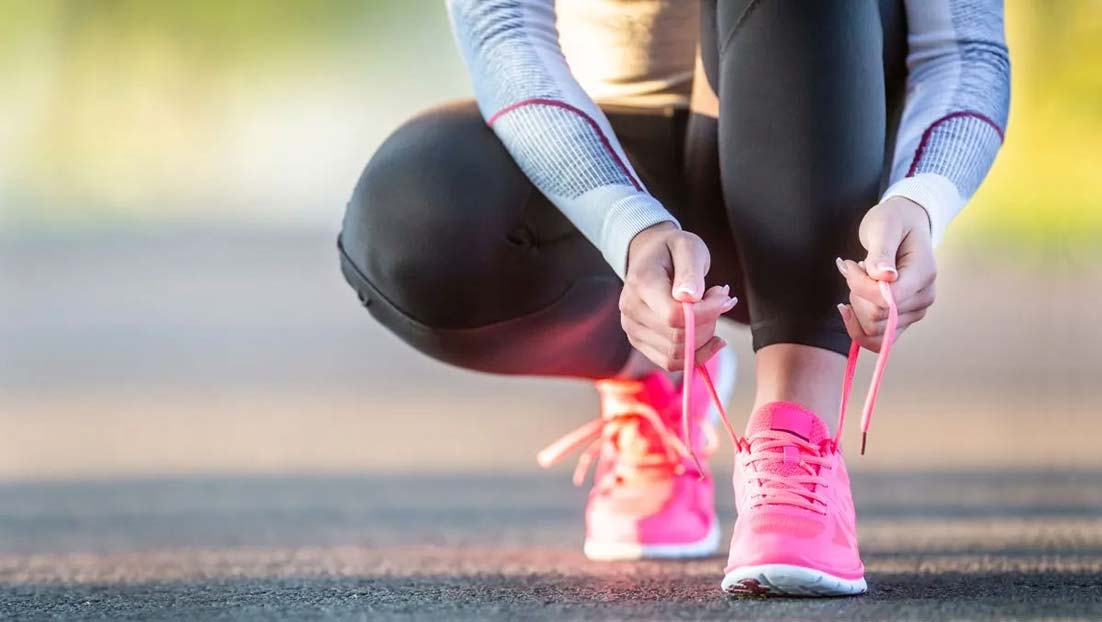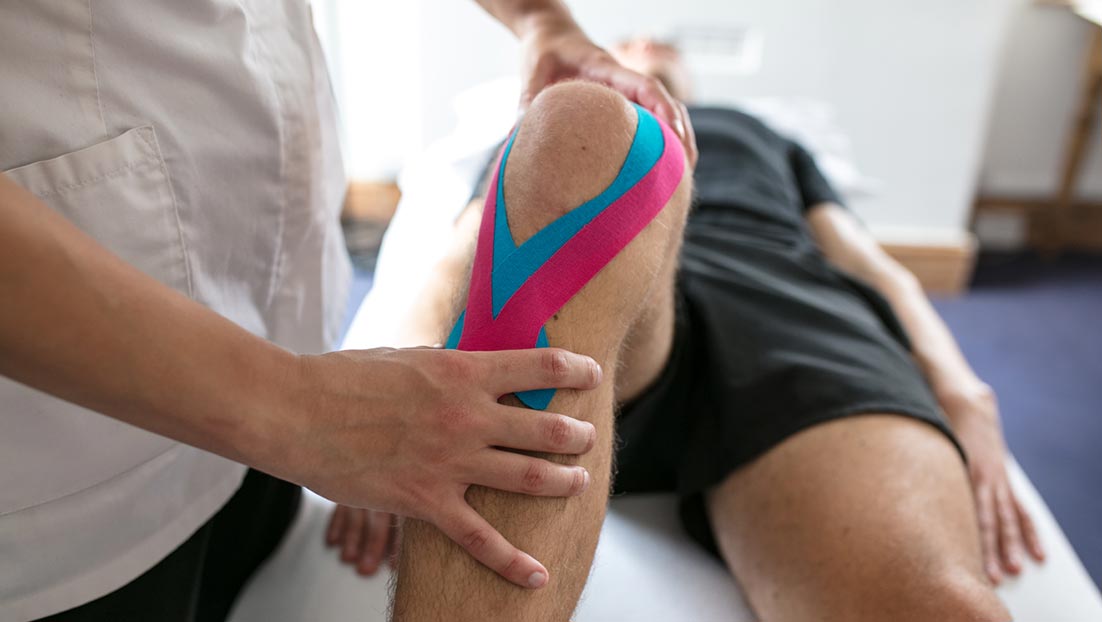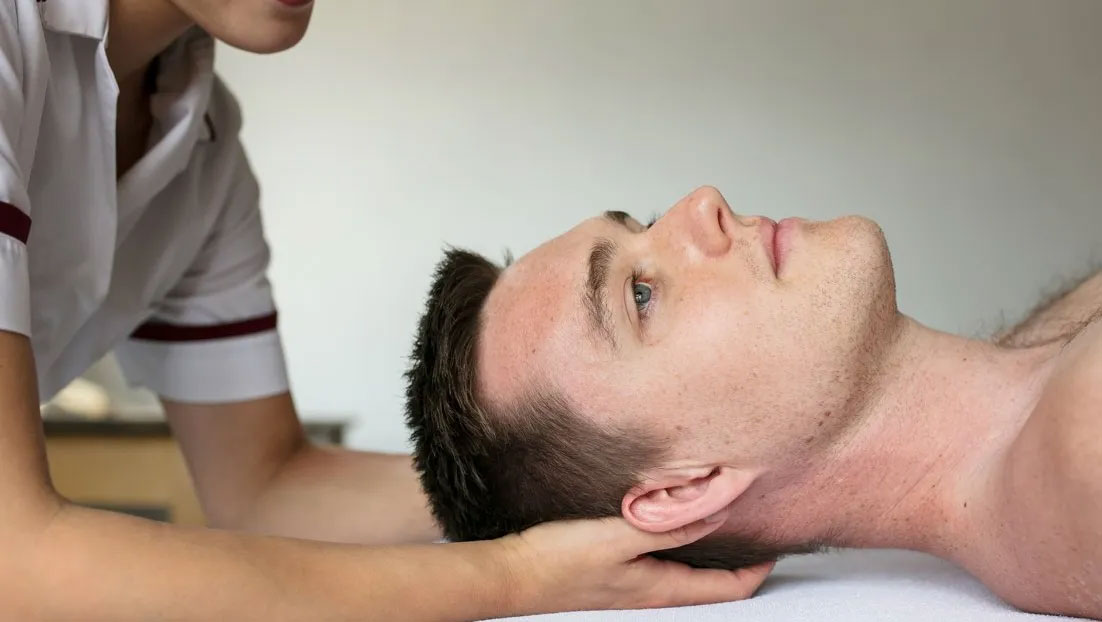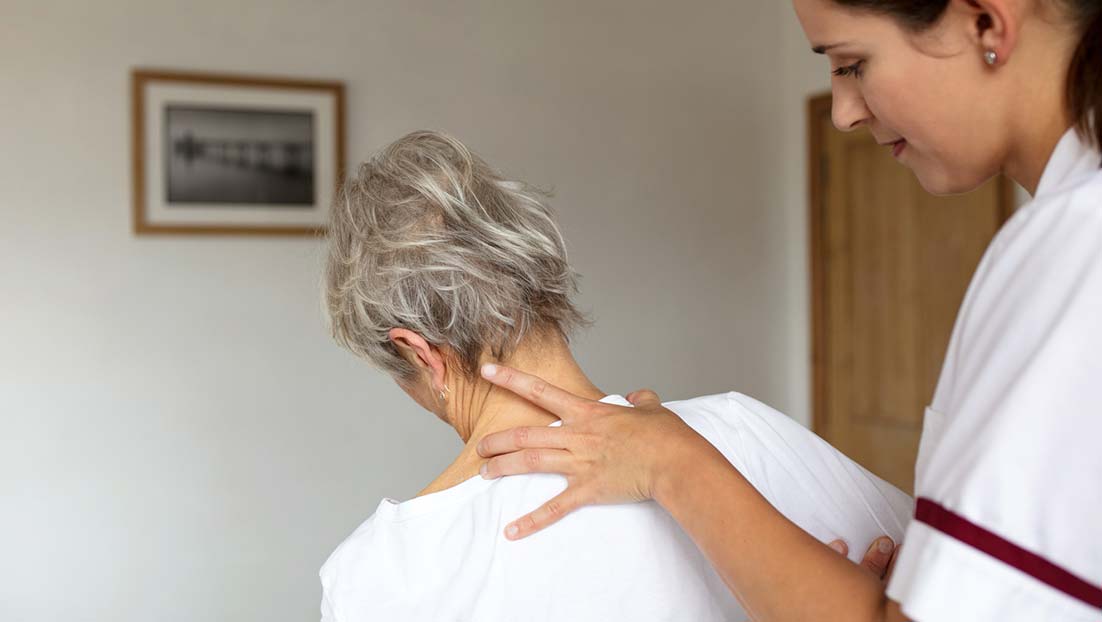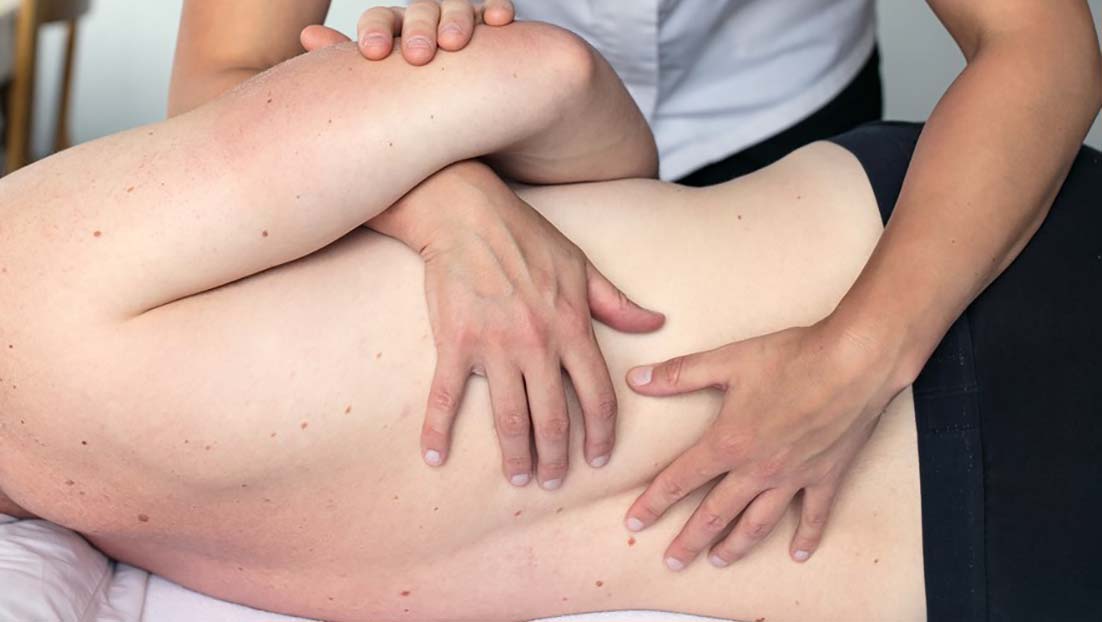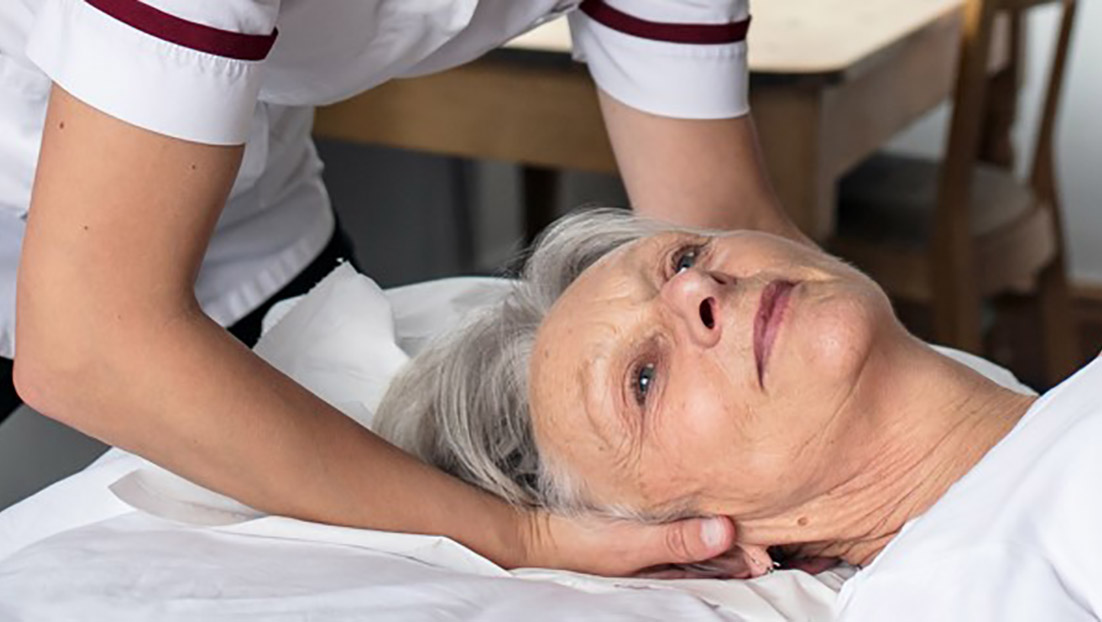
What’s going on?
Osteoarthritis
This condition is usually seen in patients who are over the age of 45 – and it usually comes on gradually over a few months. It’s caused by wear and tear of the cartilage, which causes the surface of the hip joint to become rougher and not move as smoothly as it used to.
There are several causes of hip osteoarthritis which may include:
- Ageing
- Repetitive overuse
- Being overweight
- Genetics
- History of injury or trauma to the hip joint
- Leg length discrepancy
The most common symptom of hip osteoarthritis is pain around the hip, groin or upper buttock area. Cartilage wears down unevenly, and if a particular movement places stress on an area with more damage, pain increases. It can also worsen after standing or walking for long periods or after you’ve been resting or sleeping.
Stiffness in the hip makes it difficult to move the hip or rotate the leg. This may make daily activities difficult, such as putting on socks and shoes. If you start to do less activity because of the pain – this can weaken the hip joint and make your symptoms worse. So it’s a vicious circle.
Inflammation of the bursa
This painful condition, also known as Trochanteric Bursitis, happens when the small fluid-filled sac located at the outer part of the hip, becomes irritated or inflamed.
Trochanteric Bursitis can be caused by:
- Injury to the hip – including falls or lying on one side of the body for an extended period
- Overuse of the hip with sports such as running or cycling
- Poor posture
- Being overweight
The main symptom of inflammation of the bursa is pain at the hip, which may radiate down the outer part of the thigh as far as the knee. In the early stages, pain is sharp and intense. Later, the pain may become more of an ache and spread across a larger area of the hip.
Typically, the pain is worse at night, when lying on the affected hip, and when getting up from a chair. Pain may also get worse with prolonged walking, stair climbing or squatting.
How can osteopathy help with hip pain?
Osteopathy will reduce pain, inflammation and stiffness. We can give advice on how to balance activity with rest and how to choose activities that do not aggravate your pain. Once the pain has settled, flexibility and strengthening exercises of the surrounding hip muscles will ensure you can return to activities and sports without flare-ups.
Book an appointment if you’re struggling with hip pain.
Or if you still have questions about osteopathy and if it’s right for you, why not give us a call for a chat?

